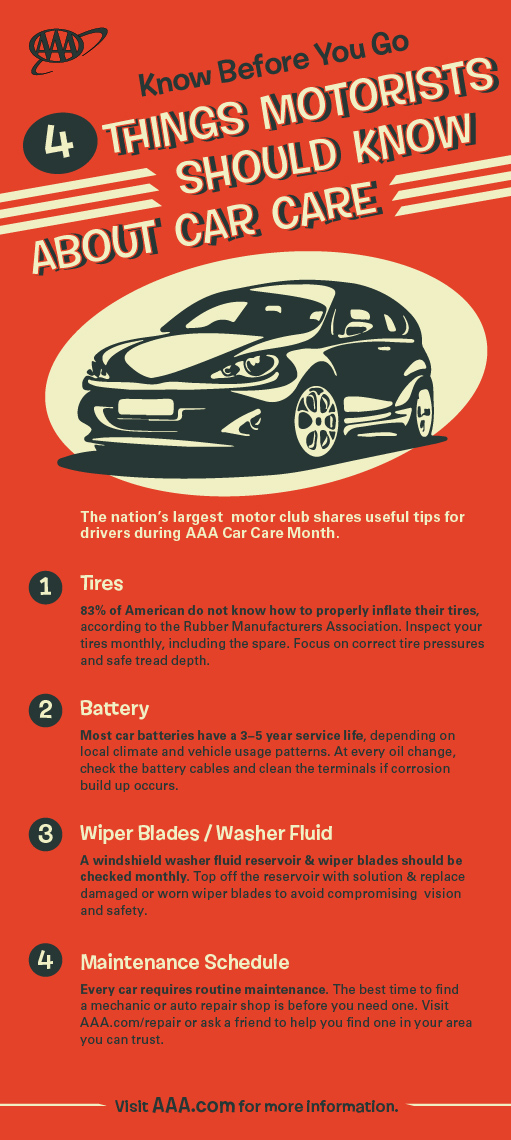Eager To Know What The Dashboard Warning Lights In Your Automobile Represent? Explore Their Definitions For The Well-Being And Security Of Your Car
Eager To Know What The Dashboard Warning Lights In Your Automobile Represent? Explore Their Definitions For The Well-Being And Security Of Your Car
Blog Article
Content Writer-Lim Shepherd
When you're behind the wheel, those glowing warning lights on your control panel can be a little bit difficult. Do auto car wash understand what they're trying to tell you concerning your automobile's wellness? Comprehending the significance of these lights is crucial for your security and the durability of your vehicle. So, the next time one of those lights turns up, would not you intend to decode its message properly and take the essential actions to address it?
Common Caution Lights and Interpretations
Recognize common caution lights in your cars and truck and understand their definitions to make certain risk-free driving.
The most typical caution lights include the check engine light, which signifies problems with the engine or emissions system. If this light comes on, it's critical to have your lorry inspected promptly.
The oil pressure advising light indicates low oil pressure, calling for immediate attention to avoid engine damages.
A flashing battery light may suggest a damaged billing system, potentially leaving you stranded otherwise addressed.
The tire pressure tracking system (TPMS) light signals you to reduced tire stress, affecting car stability and gas performance. Disregarding this could result in hazardous driving conditions.
https://www.cantonrep.com/story/lifestyle/2021/07/25/straight-talk-dont-fall-parking-lot-dent-repair-scam/8046100002/ shows a trouble with the anti-lock stopping system, compromising your ability to stop swiftly in emergency situations.
Last but not least, the coolant temperature level warning light warns of engine getting too hot, which can result in serious damage if not solved swiftly.
Recognizing these common warning lights will help you resolve issues quickly and keep risk-free driving conditions.
Significance of Prompt Interest
Understanding the typical warning lights in your vehicle is only the primary step; the value of quickly dealing with these warnings can not be emphasized enough to guarantee your security when driving.
When a caution light brightens on your control panel, it's your auto's means of communicating a prospective issue that needs focus. Disregarding these cautions can bring about more severe problems in the future, compromising your safety and security and possibly costing you more in repairs.
Motivate focus to alerting lights can protect against malfunctions and mishaps. For example, a flashing check engine light could suggest a misfire that, if left unattended, might trigger damages to the catalytic converter. Resolving this immediately can conserve you from a costly repair service.
In a similar way, a brake system alerting light could signify low brake fluid or used brake pads, crucial elements for your safety and security when driving.
DIY Troubleshooting Tips
If you observe a caution light on your dashboard, there are a couple of DIY fixing tips you can try prior to seeking expert help.
The initial step is to consult your automobile's guidebook to recognize what the details warning light suggests. Sometimes the problem can be as easy as a loose gas cap setting off the check engine light. Tightening the gas cap may deal with the trouble.
An additional typical concern is a reduced battery, which can activate numerous warning lights. Inspecting the battery links for deterioration and ensuring they're protected might repair the trouble.
If a warning light lingers, you can attempt resetting it by disconnecting the cars and truck's battery for a few mins and then reconnecting it. In addition, examining your car's liquid levels, such as oil, coolant, and brake fluid, can aid troubleshoot advising lights related to these systems.
Final thought
In conclusion, comprehending your car's caution lights is necessary for keeping your lorry running efficiently and securely. By immediately addressing these signals and understanding what they mean, you can prevent costly fixings and possible failures.
Keep in mind to consult your auto's manual for particular details on each advising light and do something about it accordingly to guarantee a hassle-free driving experience.
Stay educated, remain secure on the road!
